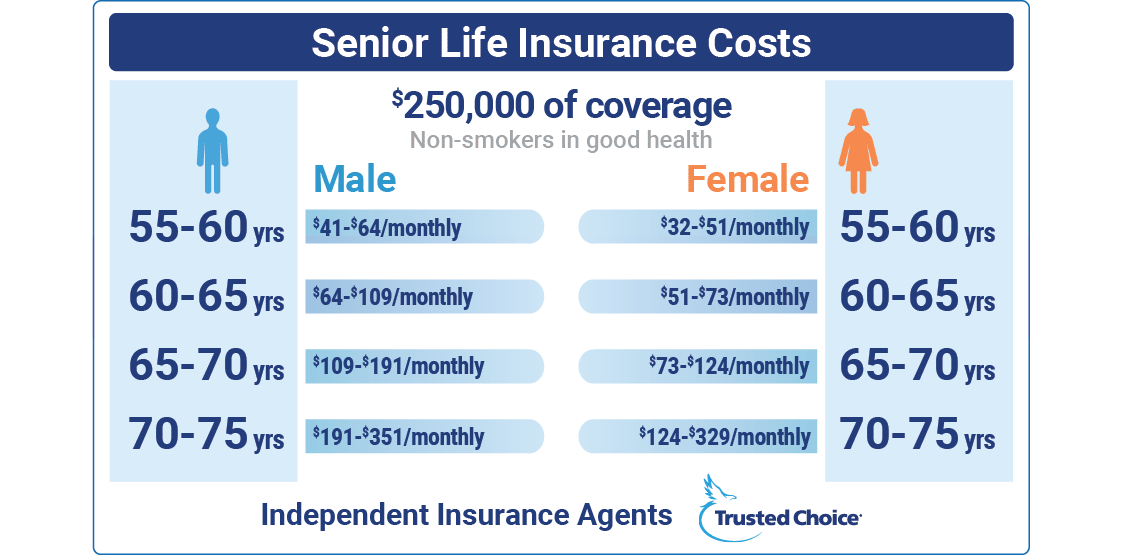As you approach your 50s, securing the right life insurance policy becomes increasingly crucial. With this significant milestone comes a shift in priorities and responsibilities, making it essential to safeguard your loved ones’ financial future. In this article, we’ll explore the various life insurance options available and help you determine the best fit for your unique circumstances.
Term Life Insurance: A Cost-Effective Solution
For many individuals in their 50s, term life insurance emerges as a popular and affordable choice. This type of policy provides coverage for a specific period, typically ranging from 10 to 30 years. If the policyholder passes away during the term, beneficiaries receive the death benefit. However, if the policyholder outlives the term, the policy expires without a payout.
The primary advantage of term life insurance is its lower premiums compared to permanent life insurance policies. This can be an attractive option for those seeking comprehensive coverage without breaking the bank. Additionally, term life insurance allows you to tailor the coverage duration to align with your specific needs and financial obligations, such as mortgages or children’s education expenses.
Permanent Life Insurance: A Lifelong Companion
On the other hand, permanent life insurance, which includes whole life and universal life policies, offers lifelong coverage as long as premiums are paid. This type of policy is particularly beneficial for individuals who have lifelong dependents or wish to leave a legacy for their beneficiaries, regardless of when they pass away.
Permanent life insurance policies also typically include a cash value component, which grows over time. This cash value can be borrowed against, withdrawn, or used to help pay premiums. However, it’s important to note that any outstanding loans or withdrawals from the cash value will reduce the death benefit.
Factors to Consider for 50-Year-Olds
When selecting the best life insurance option for a 50-year-old, several factors come into play:
-
Financial Obligations: Evaluate your existing debts, such as mortgages, car loans, or credit card balances, and ensure that your life insurance coverage is sufficient to alleviate the burden on your loved ones.
-
End-of-Life Expenses: Consider the costs associated with end-of-life care and funeral expenses, and ensure your policy provides adequate coverage to prevent financial strain on your family.
-
Dependents: Assess who relies on your income, whether it’s a spouse, minor children, adult children with disabilities, or aging parents. Your life insurance coverage should provide financial security for those who depend on you.
-
Income Replacement: If you’re still working, calculate the amount of money needed to replace your income and maintain your family’s current lifestyle. This will help determine the appropriate level of coverage.
-
Long-Term Care: As you age, the likelihood of requiring long-term care, such as nursing home or assisted living facilities, increases. Some life insurance policies offer riders that can help cover these costs.
-
Financial Stability: When comparing life insurance companies, consider their financial strength and stability. You want to ensure that the company you choose will be able to pay out claims when necessary, even decades into the future.
Making the Right Choice
While term life insurance may be a more affordable option for 50-year-olds, permanent life insurance can provide a valuable safety net for those with lifelong dependents or a desire to leave a legacy. Ultimately, the best choice will depend on your specific circumstances, financial obligations, and long-term goals.
It’s advisable to consult with a licensed insurance agent or financial advisor who can help you navigate the complexities of life insurance and ensure that you make an informed decision that aligns with your needs and priorities. By carefully considering your options and seeking professional guidance, you can secure the peace of mind that comes with knowing your loved ones are protected, no matter what life may bring.
Life insurance in your 50s and 60s
FAQ
What insurance to get when you turn 50?
Which is better whole life or term life?
How much does whole life insurance cost for a 50 year old?
|
Age
|
Average cost per year for men
|
Average cost per year for women
|
|
30
|
$3,388
|
$2,967
|
|
40
|
$4,583
|
$4,223
|
|
50
|
$6,698
|
$5,977
|
|
60
|
$10,390
|
$9,385
|
How much a month is a $500 000 whole life insurance policy?

